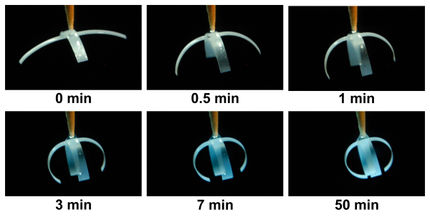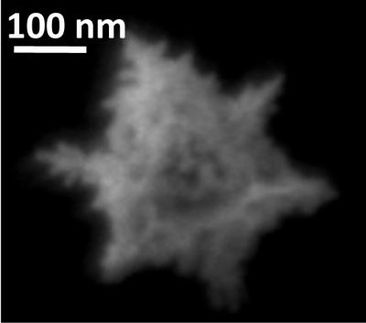Researchers Identify Biofilms That Cause Infection
Advertisement
Understanding the way bacterial cells "talk" to each other could lead to more effective methods for fighting the often persistent and serious infections caused by the biofilms they form, says a Texas A&M University professor of chemical engineering who not only has deciphered their language but also discovered how to quell their conversation.
Examining Escherichia coli bacteria Professor Thomas K. Wood of the Artie McFerrin Department of Chemical Engineering at Texas A&M has succeeded in identifying, decoding and even modifying cell-to-cell signals so that biofilm formation is inhibited.
His findings are covered in a series of five published articles, two of which appear in "The International Society for Microbial Ecology Journal" . In addition, his progress is detailed in "The Public Library of Science ONE," "Applied and Environmental Engineering" and in "BMC Microbiology."
Wood's work is important in addressing the widespread health issues resulting from bacteria in its biofilm form. Put simply, biofilm is a protective and adhesive slime excreted by bacteria that have joined together to form a community. The substance can grow on a variety of living and nonliving surfaces, including submerged rocks, food, teeth (as plaque) and biomedical implants such as knee and hip replacements. And where there's an infection, there is usually biofilm.
"It's been only in the last few years that pediatricians have realized that children are crying day-in and day-out from ear infections because it's a bacterial biofilm on their eardrums," Wood said. "Prior to that, the approach was to treat the infections with drugs that got rid of bacteria but not bacteria in a biofilm, and it was completely ineffective.
"When bacteria are growing within a biofilm, that growth takes place in a different way than when bacteria are swimming freely in suspension. Pharmaceutical firms make antibiotics to kill bacteria in suspension. Those are 1,000 times less effective on a biofilm. It's only in the last 10 years that we've realized people have died not because of free-floating bacteria but because of bacteria in a biofilm."
Wood's efforts to mitigate biofilm formation began with the recognition that construction of this substance was anything but random. To the contrary, biofilm formation is an extremely ordered process - a fact affirmed by examining biofilm structure on a microscopic level.
Though it appears as slime to the naked eye, biofilm is actually composed of several hills and valleys of varying heights and depths. These structural differences allow for nutrients to make their way to all bacteria within the biofilm community, Wood said. Despite the numerous formations present, these pillars and plateaus seldom collide with each other. The reason for that, Wood said, is that each bacterial cell is able to "talk" to one another and signal its location so that neighboring cells do not begin construction in an occupied space. If that happened, the bottom layers of the community could be sealed off from the nutrients on which they depend, Wood explained.
In-depth examination of those critical signals by Wood and his team of researchers found that E. coli relies on a compound known as autoinducer-2 (AI-2) for biofilm formation. Each E. coli bacterium produces this compound and then releases it in the cell's external environment. Eventually a large amount of AI-2 becomes present outside of the cells, and through a process called quorum sensing each bacterium re-absorbs the AI-2 when a specific concentration has been achieved, Wood explained. When the AI-2 re-enters the cells it activates an entirely new set of behaviors for the bacterium - in this case, signaling when and how to begin building a biofilm.
"What we're doing is examining how AI-2 is prompting the cell to make more biofilm," Wood said. "Sugars are the mortar. We identified the specific type of mortar - the sugar known as colonic acid. We found that AI-2 helps E. coli produce more biofilm by making colonic acid, which is a kind of sugar. If you can understand how a biofilm is formed, then you can start to attack it at different stages."
































































